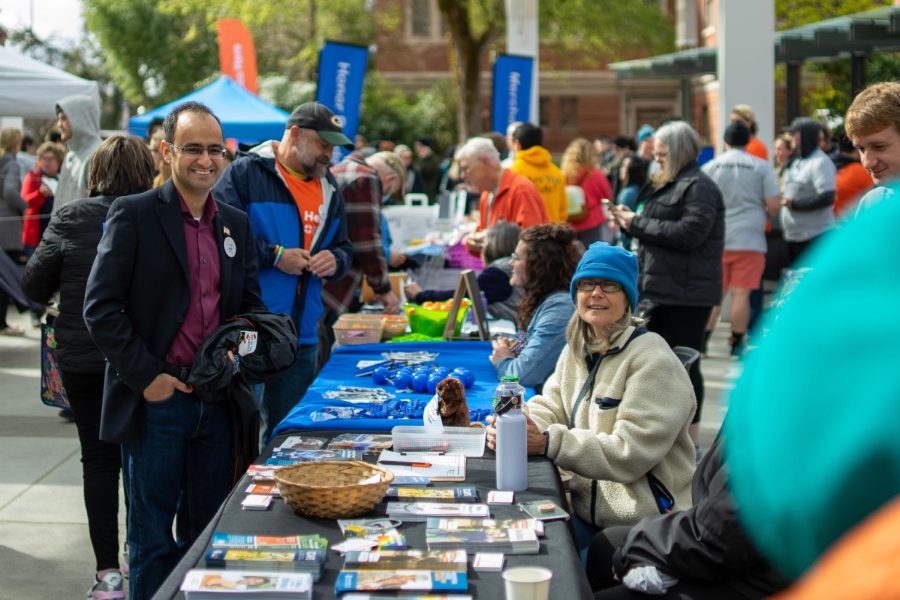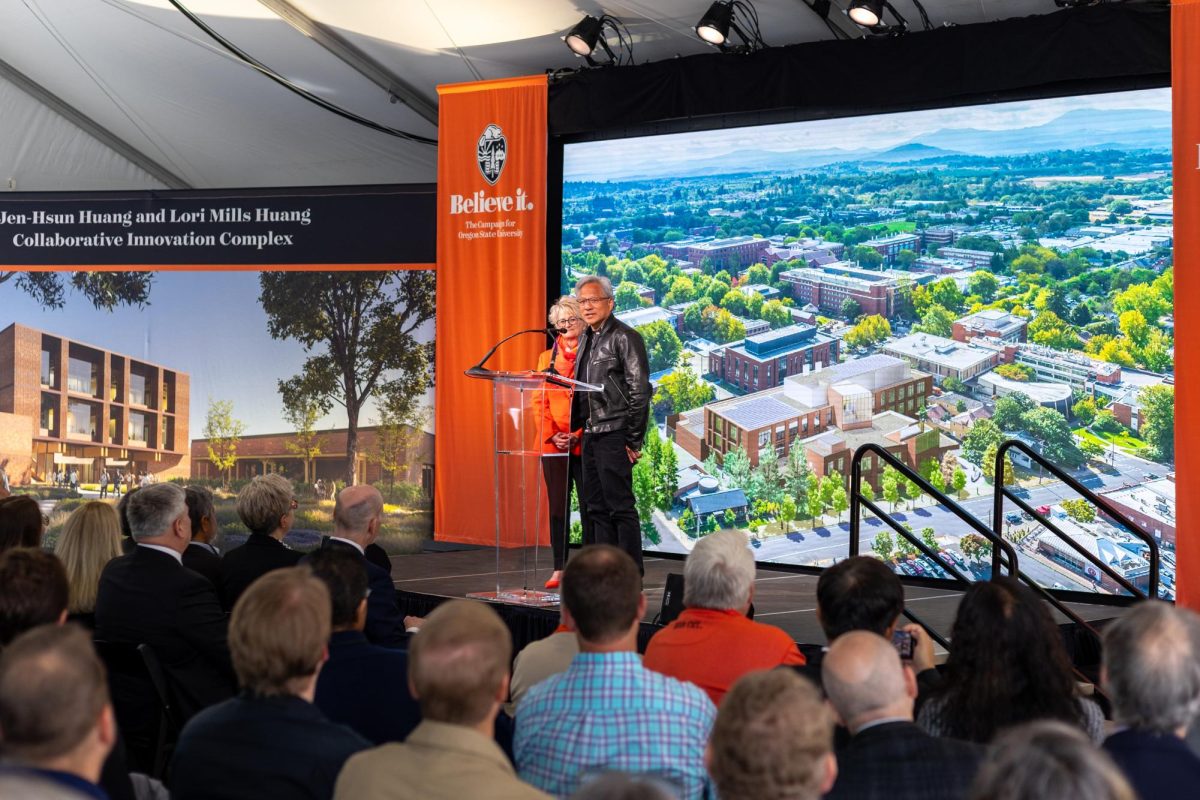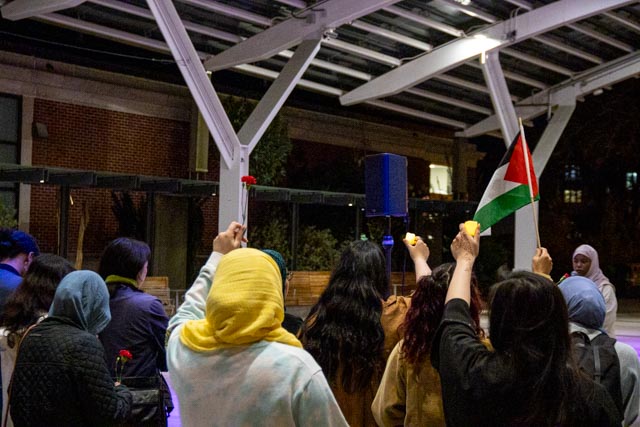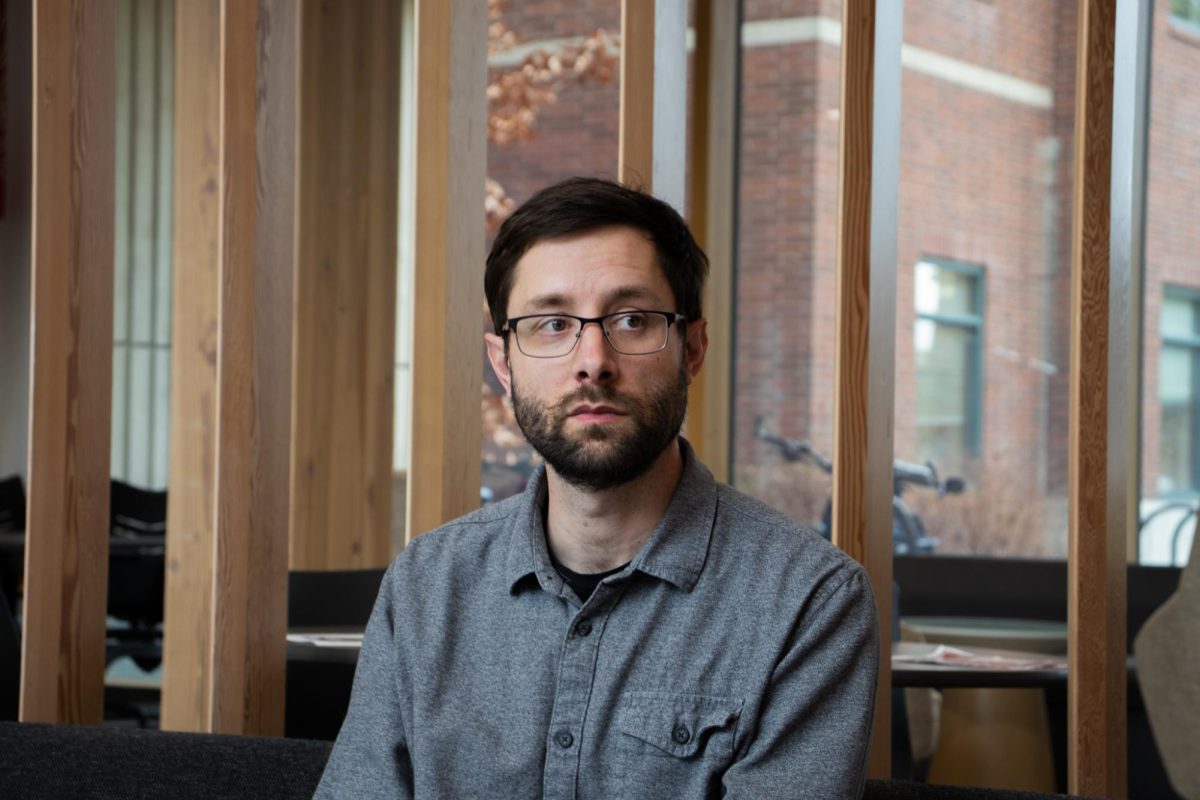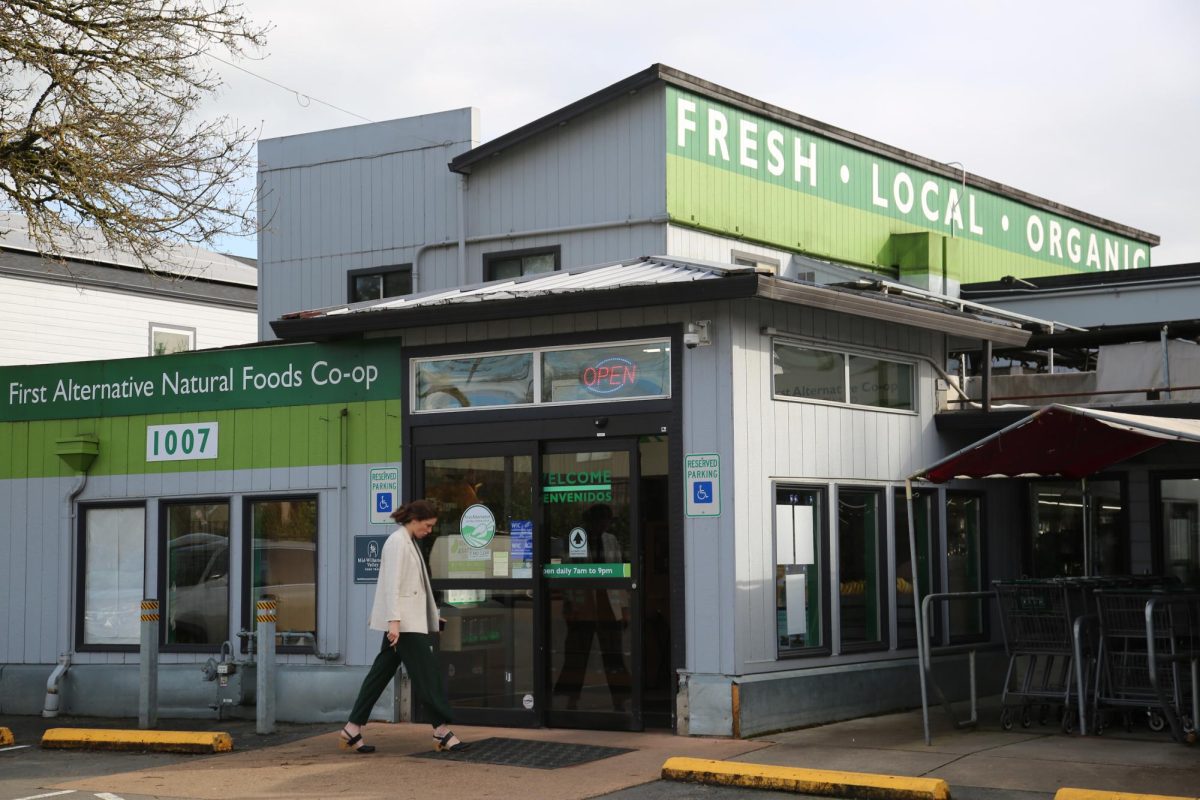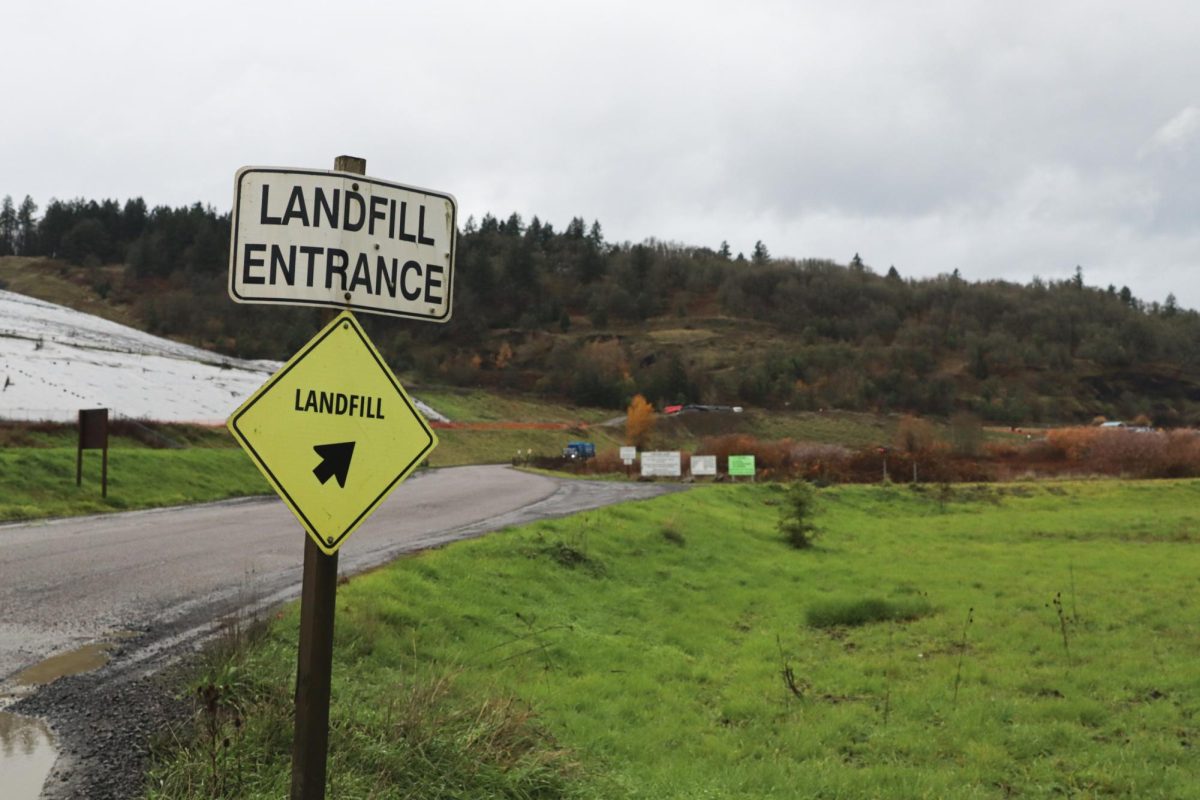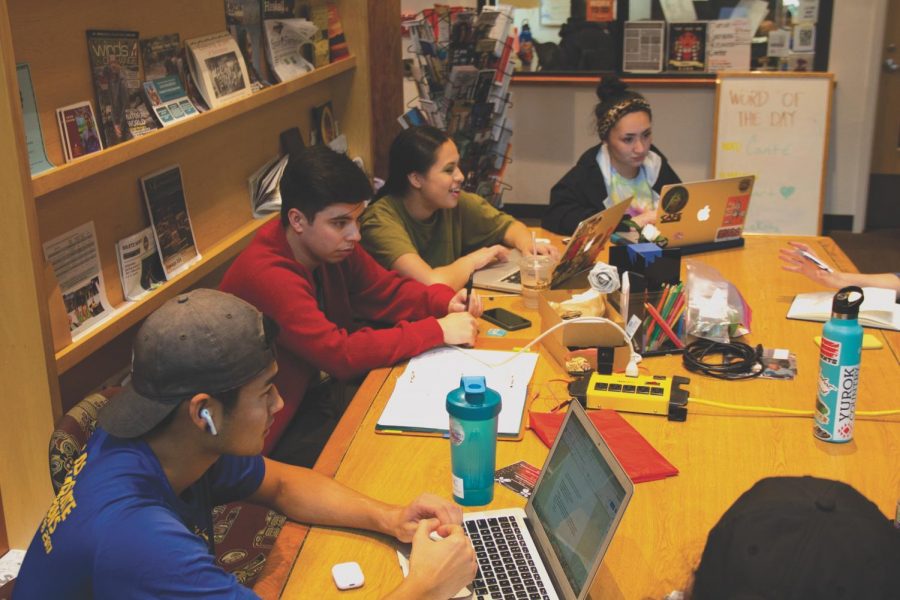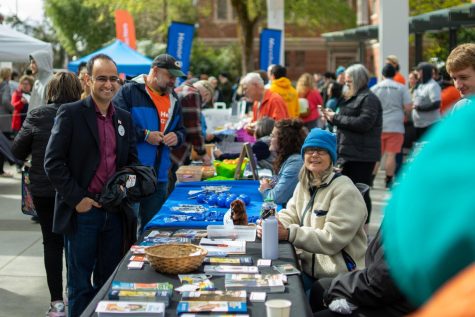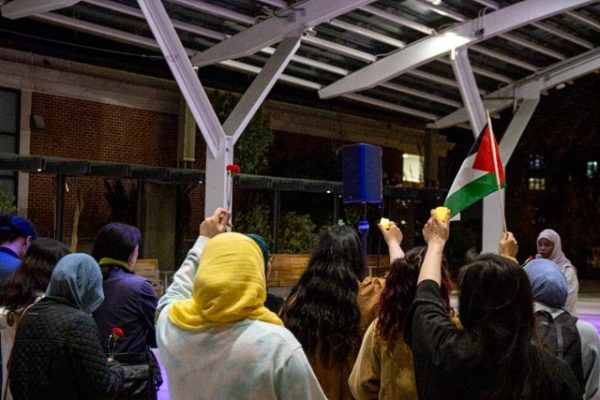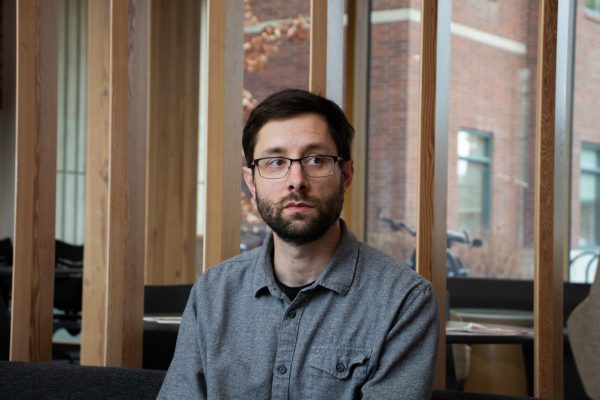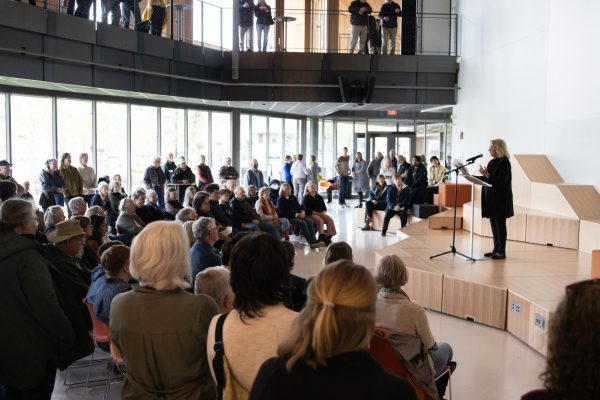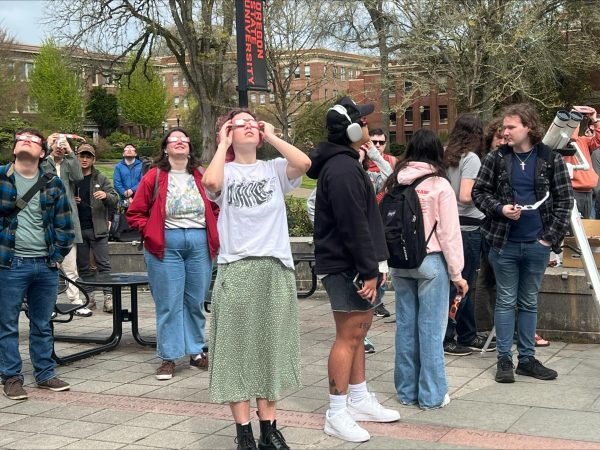ASOSU passes land acknowledgment bill
November 18, 2019
Correction: This article was previously unclear regarding the affiliations of current-day Native Americans living on reservations. Additionally, “Natives” in reference to Native people was not capitalized. These issues have been resolved. The Barometer regrets the errors.
A joint bill was introduced to the Associated Students of Oregon State University that was created to acknowledge indigenous land at Oregon State University back in May 2019, but was implemented at the beginning of this term.
The joint bill was written to acknowledge that OSU is located on the traditional homelands of the Kalapuya tribe at the beginning of all ASOSU events. The webpage of ASOSU would also have the acknowledgment available for students.
According to the bill, land acknowledgement aligns with the ASOSU’s mission statement, to “encourage intellectual, social, cultural and physical development of the student body.”
The authors of the bill are Sienna Kaske and Arjun Bhalla.
“It was a way to bring awareness to the physical land we’re on but I also need people to think broader than the land acknowledgment… My hope was that people learn about the land that we are on and take the opportunity to engage more with respecting Indigenous people and their land,” Kaske said.
This was a joint resolution, thus requiring both the ASOSU’s House and the Senate to pass it. It was presented simultaneously to the House and Senate in order to pass quicker. After passing, it was sent out to various people who hold positions within ASOSU with further context about the bill.
According to ASOSU Vice President, Kylie Boenisch, it was sent out to multiple different departments, administrators and organizations, and many of them are now practicing land acknowledgment.
David Lewis, an archaeology and ethnic studies professor at OSU and a member of Grand Ronde tribe said the land acknowledgment is there to help educate people of the history of the land, originally belonging to the Kalapuya people.
According to Lewis, when people began to move west and claim land in Oregon, these settlers were claiming the land of Indigenous people. In the beginning, there was a congenial relationship with the Kalapuya people helping the settlers.
This relationship would change as the settlers began to claim tribal land, and the Natives saw a loss of their main food source, camas, a traditional root crop that was plowed by settlers to create farmland. The Kalapuya members began to starve and asked the settlers for food, but they refused. The Natives then resorted to stealing food from the settlers in order to prevent starvation.
As the settlers began to see the Kalapuya people as a problem, they asked the American government to remove the tribe. The Willamette Valley Treaty of 1855 was created in order to reduce conflicts between the Kalapuya people and the settlers.
The treaty forcibly removed the Kalapuya members from their homeland to reservations. Today, people living on the reservations are part of the Grand Ronde community and the Confederated Tribes of the Siletz Indians in Polk and Yamhill counties, Ore.
Lewis said while land acknowledgment is useful for acknowledging the original peoples, it does not do full service.
“It does not tell the full story… if people were really curious, they should take classes that give them a full picture, because that story has not been fully written yet,” Lewis said.
OSU has multiple faculty that offer courses related to Native American culture and history, taught by faculty in multiple areas of expertise, including social justice, ethnic studies and public policy.
There are also multiple different clubs and organizations on campus including the Native American Student Association and the Society for the Advancement of Chicanos and Native Americans in Science.
OSU Ecampus has a Native eCampus initiative that helps serve tribal communities. According to the Ecampus website, the goal is to provide students a degree that is 100% online, while being connected to OSU’s Native student community.
According to Zena Greenawald, a Native American student at OSU, said that one of her professors had the land acknowledgment on a syllabus, but some of the students didn’t understand why there was the acknowledgment.
She said that land acknowledgments are important to recognize the conflicts that Natives have faced, which has had long-lasting effects.
“It’s also more impactful to not be reading off a piece of paper,” Greenawald said.
Kaske said that it is vital to acknowledge that OSU is on the homelands of the Kalapuya people, but this acknowledgment can’t just be stated.
“I also recognize that we need to do way more than just stating the land acknowledgment. People shouldn’t be saying it just to say it, they should be saying it out of genuine respect for the Kalapuya people who were forcibly removed to the Grande Ronde and Siletz reservations. The land acknowledgment statement cannot be an empty recognition of indigenous people. It must be coupled with true solidarity and allyship and efforts to materially decolonize,” Kaske said.
Since its passing, ASOSU events have begun with a land acknowledgment. In their office, ASOSU also provides a printed version of the acknowledgment and can be found on their website as well.


